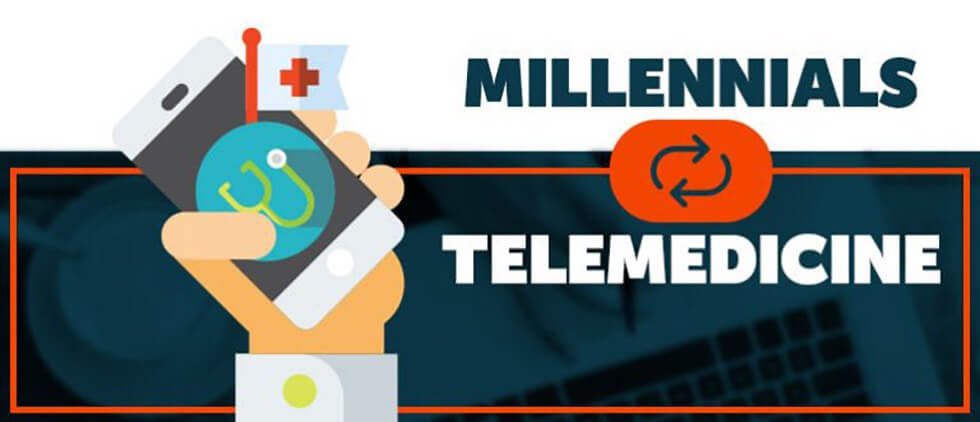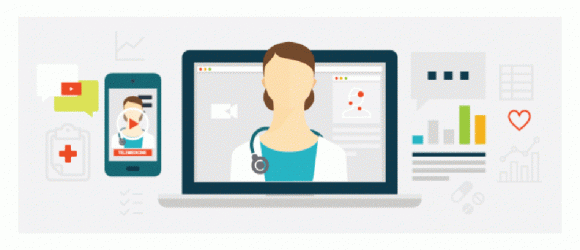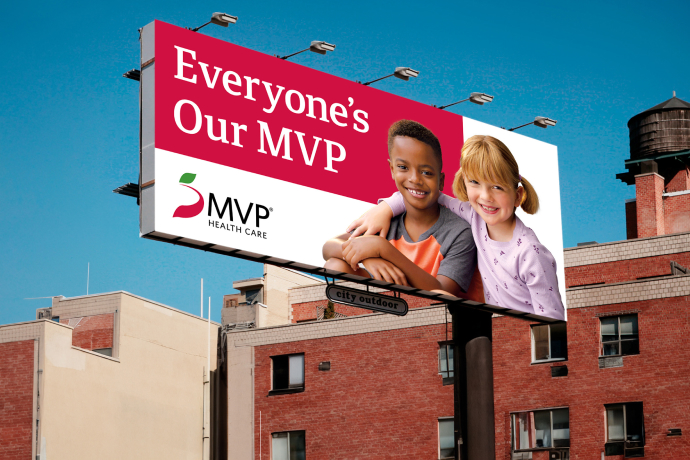Why Telemedicine and Millennials Are Key to Each Other’s Health

Millennials are often characterized as optimistic, self-directed, and healthy lifestyle-oriented. But research on Millennial lifestyles underscores some sobering realities about this group. Millennials are the most stressed out living generation, they suffer from sleep deprivation, and their lifestyle contributes to nutritional gaps that may lead to obesity, anxiety, and other health conditions. In addition, surveys show that over 28 percent of Millennials do not have a primary doctor, another roughly 40 percent of Millennials do not have a relationship with their primary, and many are likely to delay seeing a doctor because of cost. With Millennials at over 83 million in number and representing the largest segment in today’s workforce, the cost of not anticipating and addressing Millennial health issues could eventually have staggering consequences.
So why look at telemedicine as an approach for Millennials? There are three primary reasons:
- Millennials demand easy access and convenience, so they are more amenable to services that will accommodate their busy lives versus having to change their schedules to fit in traditional medical appointments
- Millennials are 5 times more likely to adopt technology than any other age group, and already 60 percent of the demographic indicate they support use of telehealth options
- Telemedicine typically can be less expensive than traditional medicine, possibly mitigating the cost concerns that delay many Millennials from seeking timely treatment
While telemedicine looks good for Millennials, Millennials also look good to pave the path for telemedicine.
While state regulatory boards are increasingly approving telemedicine services to patients – and telehealth communications are commonplace provider-to-provider – many providers are lagging in provider-to-patient telemedicine services. A recent KPMG study reported that only “some 25 percent of healthcare providers said they have implemented telehealth and telemedicine programs that are financially stable and improving efficiency.” Many industry watchers look to Medicare to lead the way on telemedicine implementation, but movement on that front has been slow. While it has been acknowledged that telemedicine is rapidly expanding beyond urgent care into follow up and treatment of chronically ill, the tipping point may well be adoption of telemedicine by Millennials. Health plans targeting Millennials, such as Oscar, see the value in bringing telemedicine to Millennials. Some employers, too, are reportedly offering employees telemedicine services as an option to leaving the workplace for medical care.
Millennials may be the first generation to deliver the proof of concept for telemedicine on a large scale and help fulfill its mainstream potential. So, where to start, considering that while they pay lip service to living healthy lives, they do not tend to seek preventive or primary care for themselves?
Telemental service is one of the areas in telemedicine that appears to be gaining early traction, as well as endorsements for service delivery through this methodology. It would also seem to be a logical place to start recruiting Millennial patients, given their health risks due to high anxiety and time pressure. Additional support for this includes the Millennial belief in the role of mind-body connection in supporting good health, and their prioritization for mental health as a key factor in physical health. The Millennial dependency on peer support may also make the group ideal for online mental health and behavioral support communities.
Considering that 50 percent of Millennials are already parents with young families, pediatric service lines may also lend well to telemedicine delivery, both from the perspective of triage for the resource-strapped medical community, as well as for parental education and consultation.
While in general, recruiting patients to try telemedicine may be a challenge, it may be less so for attracting Millennials who are already plugged into technology – as long as the provider is mindful of some rules of engagement. Success may be achieved by providers that align with how the group currently seeks knowledge and services via mobile apps, social networks, search, peer “word of mouth” and online reviews, and – believe it or not – mom’s recommendations. Targeting content to mothers of Millennials and employers may help to leverage these two major influencer groups to recommend telemedicine. Smart content and influencer marketing should provide information on how Millennials can help themselves, highlighting the resources available to them. Serving up useful information to Millennials will help build trust, and so when they consider going beyond self-treatment, they will have a natural line of communication and predisposition for connection with the source.
Key Action Steps for Providers
- Verify that the insurance companies you do business with cover telemedicine services
- Consider which of your services lend well to connecting with Millennial patients through telemedicine, such as treatment for mental and behavioral issues, obesity, pediatric consultation, and remote patient monitoring
- Determine the best way to fit telemedicine into your practice/system, for instance subcontracting a third party to deliver telemedical services or installing your own technology and trained personnel for service delivery
- Identify and implement the infrastructure to facilitate sharing of information, heath monitoring, and management, as well as to support direct communication, including apps, email, text, video chat, and other mobile technologies
- Build patient trust and establish credentials for your expertise in this service through professional accreditation, such as through the American Telemedicine Association (ATA)
- Tailor social and web content to the Millennial desire to do it themselves, and sprinkle in education as to when and how to engage in-person medical care
- Participate in ratings reviews, as Millennials are wired for search; and because they value peer opinion, they will give weight to online ratings and reviews when choosing a new provider
- Consider enriching the patient experience and deepening the patient connection with your practice/system with “physical” options for engagement. For example, establish on-site telemedicine kiosks in employer locations and in pharmacies, or potentially even in the emerging category of multi-purpose residential and work centers
- Consider marketing tactics such as online website content on your telemedicine services, relevant blog content, personalized email and direct mail outreach to Millennial contacts regarding telemedical options through your practice, and localized SEO that associates telemedicine with your practice, and be sure to ask your “connected” patients for referrals
Key Action Steps for Health Plans that Cover and/or Provide Telemedicine
- Determine the best way to support telemedicine in your plan, which may include subcontracting a third party to deliver telemedical services or reimbursing providers covered by your plan for delivery of telemedical services
- Tailor online and print content on telemedicine to Millennial values, including convenience, affordability, and accessibility of telemedicine
- Provide information on services that are covered and how they may be effective via telemedicine, such as treatment for anxiety, stress, depression, insomnia, weight management, options for remote health monitoring through mobile or wearable health technologies, and how and when to use telemedicine for pediatric diagnosis and treatment
- Target online and print content to significant influencers, like parents and employers, as well as directly to Millennials
- Marketing tactics should include use of multiple channels to educate on the who, what, when, why, and how of telemedicine. Since this is still a new concept to many patients, education is key to building awareness and engagement. In addition, content marketing, literature, video, personalized direct mail, and email may also be used for this purpose
Telemedicine and Millennials go together like tacos and Tuesday, and as such, Millennials are a great channel to pursue if you’re looking to build traction with a huge patient demographic that will surely have widespread and long-term impact on the medical community.









